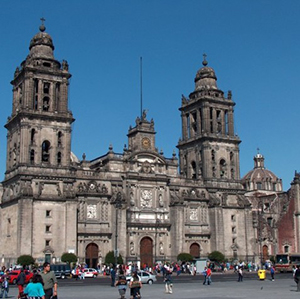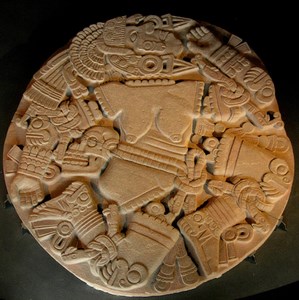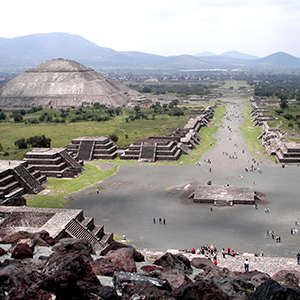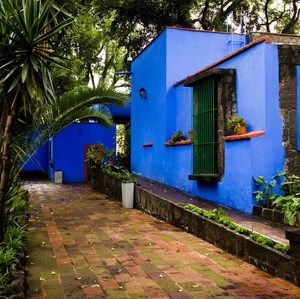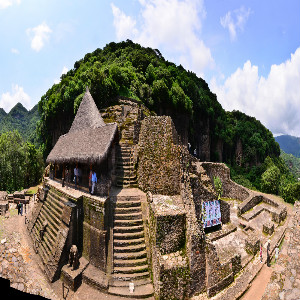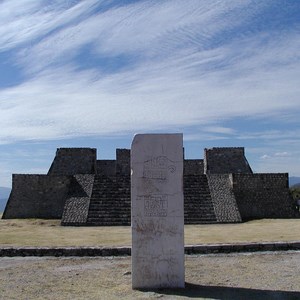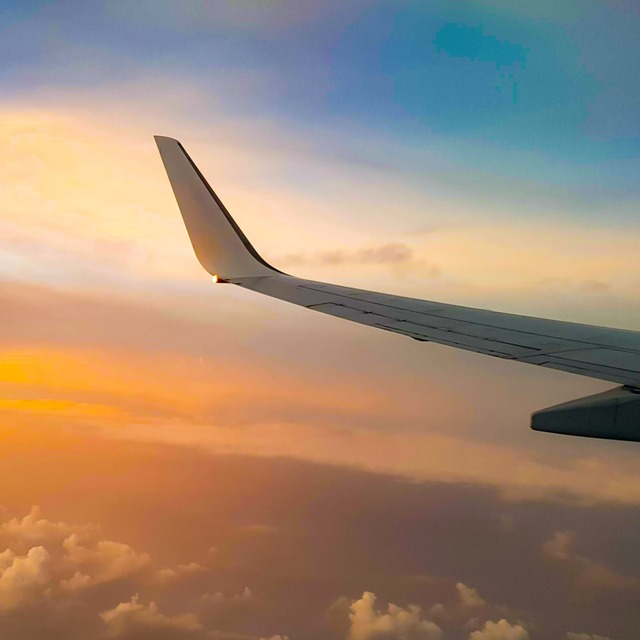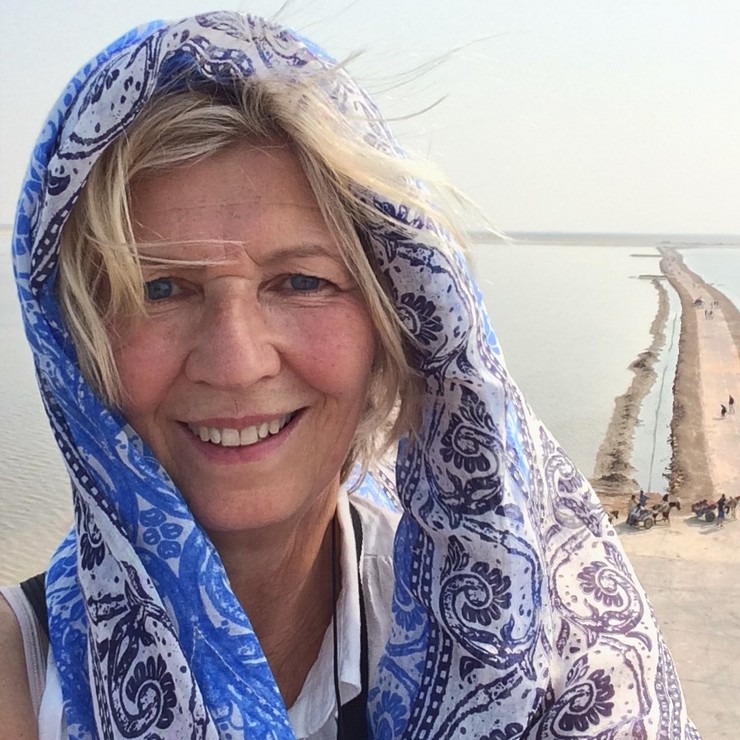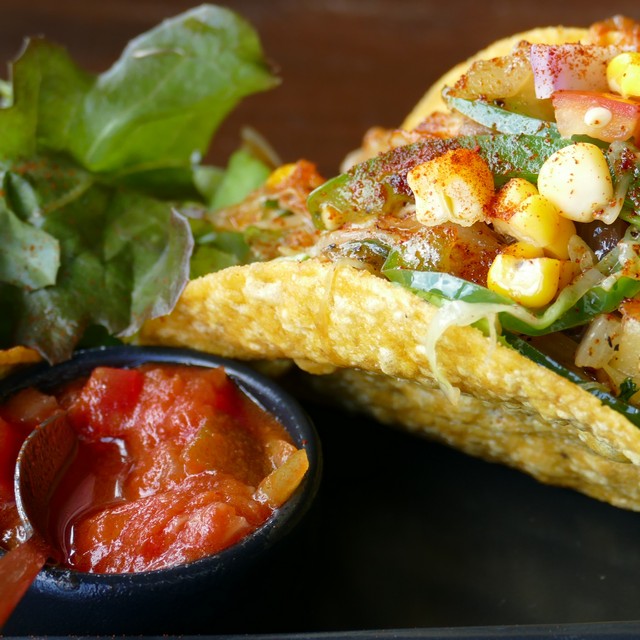En route to where we join the Day of the Dead festival in Cuernavaca, a detour to Malinalco adds a touch of dramatic history to the tour. For lovers of Mexico’s martial civilisation, Malinalco contains a well-preserved fortress of two of the most feared warrior classes: the elite order of the Jaguar and Eagle. Feel the spirit of the Aztec special forces of their day in a rock-hewn complex later converted to an Augustinian monastery.
In the town itself, continue the dualistic theme of mortality with visits to altars in the town containing ofrendas (offerings) to the deceased, as well as votive candles lighting the way back home from death’s great beyond. See how the wax is reformed into Easter candles, as if to underscore the infinite beauty of the cycle of life and death.
Once in Cuernavaca, check in to your hotel, and enjoy the evening at leisure. Should you wish to experience the entirety of these 2-days celebrating the oneness of life and death, by all means let your guide know and they will stay up beyond midnight with you to hear the bells toll for the souls of children - the first of the three stages in the festival rites.
Overnight in Gamma Cuernavaca Puerta Paraíso, Cuernavaca
Meal plan: Breakfast
Malinalco is one of the finest sites of the Aztec civilisation, once serving as a fortress for the warriors of the elite Eagle and Jaguar Orders. Unique among the structures of Malinalco, the main temple - with its stairs, base and decorative statues - was carved directly from the rock. There are also some partially monolithic buildings and temples in Malinalco. The archaeological site overlooks the colonial town of the same name and is reached via hundreds of steps.
Cuernavaca, Mexico, known as the "City of Eternal Spring," boasts a perpetual mild climate, lush vegetation, and vibrant cultural heritage. Nestled in the Morelos state, it captivates with its colonial charm, cobblestone streets, and well-preserved historic sites like the Palacio de Cortés. Its tranquil parks and gardens offer serene escapes, while bustling markets showcase local crafts and flavors. Cuernavaca's rich tapestry of art, history, and natural beauty beckons visitors to immerse themselves in its enchanting ambiance. A popular choice of place to witness Mexicos' annual Day of the Dead celebrations.
